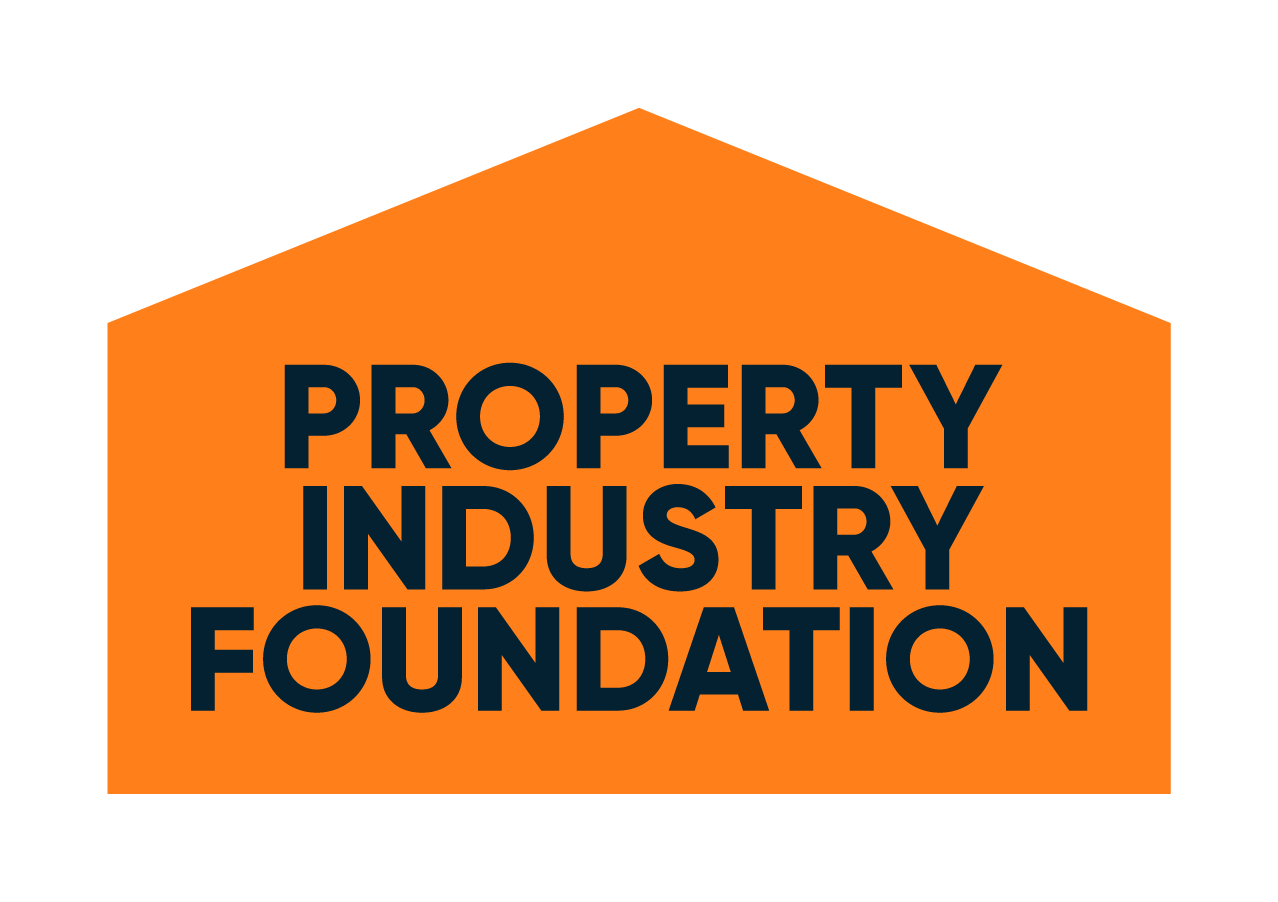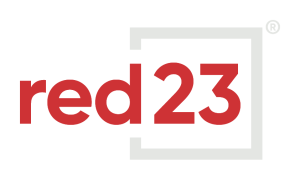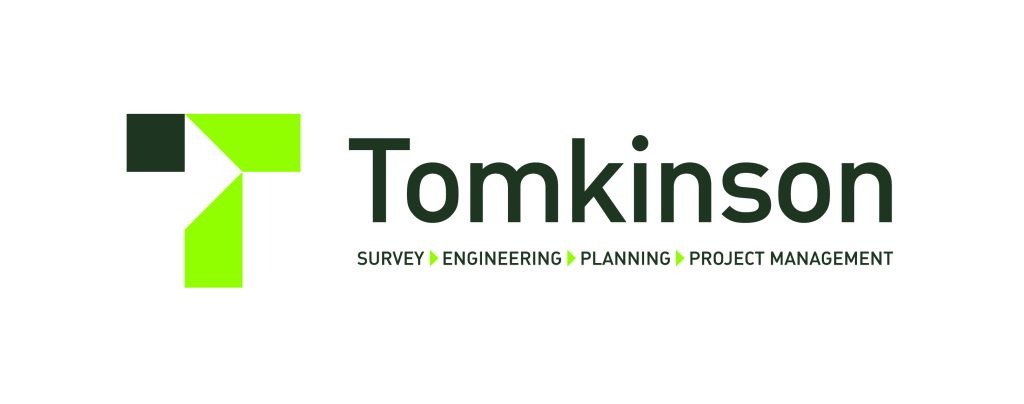Significant update to COVID-19 Guidelines for the Building and Construction Industry.
Revision 9 of the Building and Construction Industry COVID-19 Guidelines have been released, with a number of significant changes reflecting the COVIDSafe Summer Restrictions that came into effect on Sunday 6 December.
Major updates in the COVID-19 Guidelines for the Building and Construction Industry:
- No longer any restrictions on the occupancy of hoists and lifts. However, the range of additional control measures to reduce the risk of exposure are maintained and recommended.
- Workers are no longer required to wear a face mask when working physically distant from other workers, but must carry a face mask and wear it when physical distancing of 1.5 metres cannot be achieved.
- The total number of workers in areas at any one time, including in crib rooms, has been increased to 1 person per 2 sq metres (up from 4 sq metres).
- No longer any restriction on the number of persons occupying vehicles when travelling to work or travelling at work. However, as physical distancing cannot be achieved, face masks must be worn unless travelling alone.
Access the Explanatory Note detailing the key changes.Access Revision 9 of the COVID-19 Guidelines for the Building and Construction Industry.

Residential Development Index.
This week, we released our flagship research publication, the Residential Development Index (RDI).
The 2020 RDI measures the current health of the industry and reviews the impacts of the pandemic and border closures on Victorian population growth, and the flow-on effects for the residential construction sector.
We’ve examined industry drivers such as population growth, economic conditions, development activity, building approvals, regulatory changes and policy. The RDI uses this information to determine whether the industry is operating in a strong, moderate or weak market, relative to recent and long-term history.
Access the 2020 RDI research report.Access a summary of the RDI’s key points.
‘COVIDSafe Summer’ and return to office.
On Sunday, Premier Daniel Andrews announced the further easing of restrictions in Victoria, reflecting a new COVID milestone for Melbourne’s CBD and central city. The announcement included important steps towards Melbournians returning to the office, which will help reactivate and revive our CBD economy.
Victoria’s COVIDSafe Summer – changes to how we work
From 11:59pm on Sunday 6 December:
- Construction: Open with COVIDSafe requirements
- Real estate services: Open with COVIDSafe requirements: density quotient of 1 per 2sqm if using electronic record keeping. Otherwise density quotient of 1 per 4sqm applies if using manual record keeping.
Return to Office
Currently, the following office restrictions are in place:
- Businesses have a 25 per cent cap of workers in office, and a density limit of one person per 4 square metres.
- Businesses with fewer than 40 staff can have 10 staff on-site subject to density quotients.
- The public service continues to work from home to allow the private sector’s gradual return to begin first.
The following changes will come into effect from 11 January 2021, subject to public health advice:
- In the private sector, we will move to a 50 per cent return for office workers.
- For the Victorian public service, up to 25 per cent will be able to return to the office, moving up to 50 per cent on 8 February 2021.
The new ‘COVIDSafe Summer’ will be in place until at least the end of January, giving Victorians more certainty about what the next couple of months will look like until we get a greater sense of what 2021 will look like.
Access the Victorian Government’s summary of COVIDSafe Summer restrictions.
City of Melbourne Affordable Housing Strategy.
City of Melbourne Councillors have approved plans to increase the supply of affordable housing as part of the Affordable Housing Strategy 2030.
Under the strategy, up to 25 per cent of all future residential development on land owned by the City of Melbourne could be dedicated to affordable housing.
Draft Urban Stormwater Management Guidance.
The Environment Protection Authority (EPA) Victoria is consulting on the Draft urban stormwater management guidance, accepting feedback until Wednesday 16 December 2020.
The EPA is particularly interested in your feedback related to:
- how the guidance helps you manage risk
- whether the guidance includes all the information you need
- potential barriers to implementation, including barriers to considering risk factors
- percentage flow reductions you’re achieving now
- metrics you currently use
- what you do now to minimise risk of harm from activities that may contribute to urban stormwater runoff
- your level of understanding of a risk-based approach
- other factors involved in assessing risk of harm from creation of impervious surfaces .
The EPA has committed to considering proposed changes to the draft guidance such as:
- stormwater performance objectives, when robust data and science support them;
- usability improvements and value adds;
- minor administrative issues and error corrections; and
- easily addressed suggestions for document restructure and rewording.
UDIA Victoria is making a submission, but if you would like to read more, please click here.













